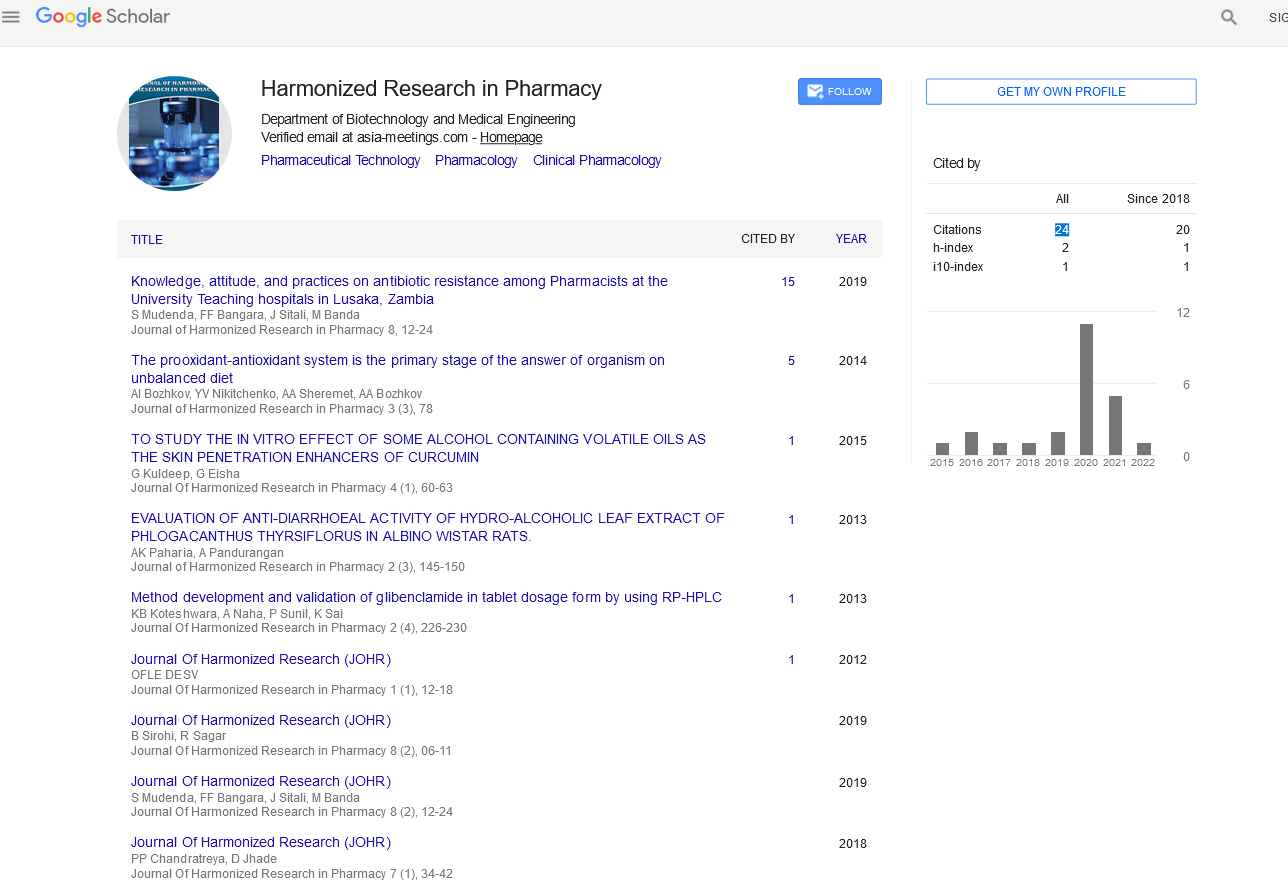Commentary - (2021) Volume 10, Issue 1
BRIEF NOTE ON CHILDREN’S MEDICINE
John Williams*Received: Aug 06, 2021
About the Study
A paediatric conjuncture surgeon is a specialist in the care of children and teens who are acutely ill or injured. A paediatric extremity surgeon is trained to watch for a wide range of problems that take immediate medical help. These problems are again and again serious and may be life-impede. Paediatric Emergency Medicine is a quickly evolving area crossing the boundaries of paediatrics, extremity medication, paediatric deep care pharmaceutical, and anaesthesia. This new, innovative, part-time, online programme provides you with an opening to develop your expertise under the guidance of a prominent, transnational faculty in collaboration with global paediatric educational organisation. The Queen Mary faculty and DFTB Company bring their unique proficiency, safeness, and experience to deliver a high quality interactive online literacy experience. United States. Paediatric extremity surgeon in the United States take one of two routes of training; one can do a paediatrics occupation followed by a paediatric extremity fellowship, or an extremity physic occupation followed by a paediatric extremity fellowship.
Original presidency of any paediatric extremity involves assessment of airway, breathing and curve and handing pertinent respectable support. Maturity of cardiac collars in paediatric practice is secondary to progressive respiratory failure and so, if interposed timely and effectively, will obviate fatal precipitate.
A paediatric Dunkirk surgeon is a surgery who specialises in the lead-off intendancy of children presenting with a wide range of undifferentiated conditions. They need to make matter-of-fact and lightning diagnoses using a wide breadth of knowledge across a vast range of paediatric gifts. They’re competent dealing with minor and major trauma and illness. They need to be adaptable in order to be fit to switch incontinently from managing minor conditions to leading the renewal of children. Paediatric crunch surgeon must also acquire a wide range of on-clinical know-how and competences, internally and externally. These may revolve around process handling in the crunch department, the hospice as a whole, or the wider community and interfaces of care. They must also learn to take care of themselves and the crunch crew, developing know-how to negative the high- pressure nature of the work through communication, debriefing, and pliability training. They gain their know-how by working in busy paediatric crunch departments, paediatric explosive care units (PICUs), and alongside associates from other specialties including crunch medicinal, paediatrics, general paediatric surgery and other surgical specialties, learning both the distinct challenge and the practical know-how necessitated to treat this distinguishable population. As counsels, paediatric extremity surgeon may work in designated PEDs or alongside adult associates, taking on the care of children in mixed EDs. This is a sub-specialty of both paediatrics and crunch medicinal and is concerned with supplying considerably specialised acute health care to children of all eras. Find out about this sub-specialty and its refresher. The College Specialty Advisory Commissions (CSACs) supervise the development and delivery of subspecialty training and the assessment morality. CSACs are sub-committees of our Education and Training Quality Committee, which helps the College, set this ethos within a training programme that’s recognised by the General Medical Council. The most common crossroads encountered in paediatric office practice are respiratory misery, dampness, anaphylaxis, seizures and trauma.

Google Scholar citation report
Citations : 147
Journal of Harmonized Research in Pharmacy received 147 citations as per google scholar report









